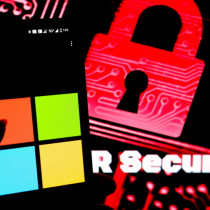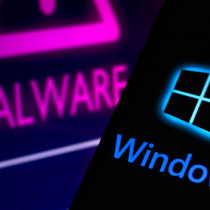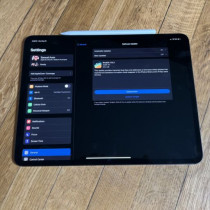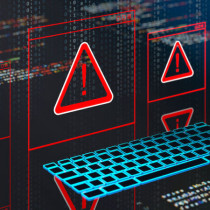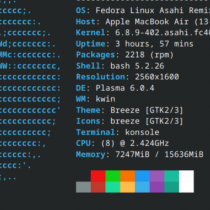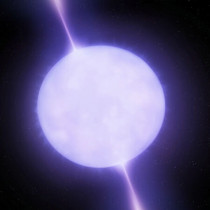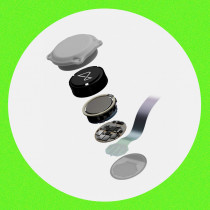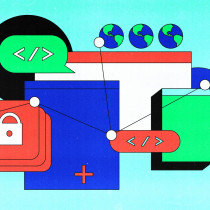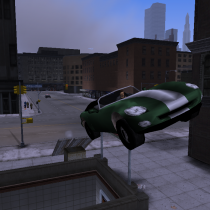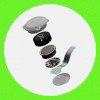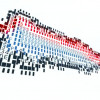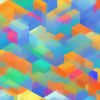Doom 3: A Helluva Tech Demo
Doom 3 is a well-crafted, accessible testament to the power and promise of technology to create a new medium that puts players directly at the center of an experience -- a medium in which, unlike books and movies, there ain't nothing vicarious about it.
The game has been garnering mixed reviews from hard-core gamers -- a sign that developer id Software has succeeded in making a title for the rest of us.
Doom 3 combines eye-popping next-generation graphics, enveloping sound design, moody immersion and a shallow learning curve. In doing so, it points the way to gaming coming into its own as entertainment for the masses -- even if it falls a bit short in some aspects.
The game is far more than just a decade-later update of its classic forebear, the original Doom, which broke ground with pioneering onscreen 3-D graphics.
Yes, the plot is similar. You're a space marine on a Martian base where hell literally breaks loose because of a scientific experiment gone wrong. Your mission is to pick up any and every weapon and shoot your way through hordes of possessed fellow Marines and assorted hell spawn to protect humanity from the encroachment of evil.
What's different is that Doom 3, unlike the original Doom and its successors, isn't about simply shooting throngs of oncoming monsters. The difference lies in the newest title's dependence on the latest graphics technology, particularly the ability to deliver advanced lighting effects.
The result is a new emphasis on building a pervasive sense of dread about what might jump out of the dark next. Interactions with other characters combined with cut scenes and information delivered to a PDA pull the story along by delivering what amounts to a plot, as well as clues to puzzles that have to be solved to move through the game's multifarious levels.





